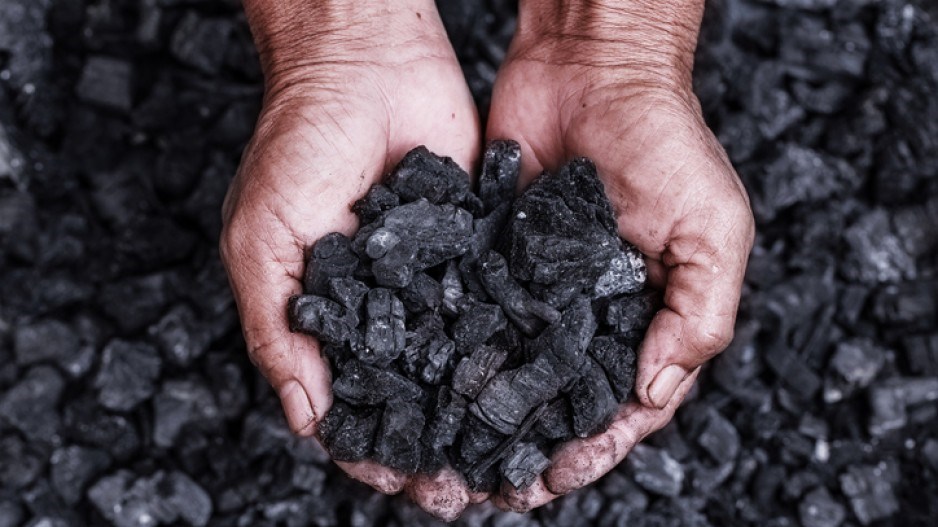Metallurgical coal is still black after it’s been washed, but it is considered “cleaner” because the washing removes ash and certain minerals.
The washing is needed in order to test the coal for its quality. But the conventional cleaning methods use toxic chemicals that are carcinogenic.
Geoscience BC says new research that it has funded has produced a much safer way to wash coal – one that doesn’t require harmful chemicals.
“Steelmaking coal from mines in British Columbia contains mineral and ash particles, which producers must remove to produce a clean sample for accurate coal and coke quality characterization,” Geoscience BC says in a news release.
Thanks to funding from Geoscience BC, researchers at the Canadian Carbonization Research Association (CCRA) have developed a water-based washing method called Roben Jig.
“The Roben Jig uses a simple water-based shaking technique to wash coal samples as effectively as traditional processes, without the use of carcinogenic organic liquids,” Geoscience BC says.
The new method has been demonstrated in a pilot project.
"Our results show that the water-based Roben Jig method produces similar quality coal to an industrial wash plant and resultant cokes had the same qualities,” said Melanie Mackay, a researcher with the CCRA.
“The benefit is that it was done without the potential hazards of organic liquids for laboratory operators, or a negative impact on the results of the clean coal and coke analyses.”
Unlike thermal coal, which is burned to produce power, metallurgical coal is used to make steel. It is one of B.C. most valuable exports, sometimes surpassing lumber in terms of value.
"This practical innovation can reduce the coal exploration sector’s reliance on heavy organic liquids, removing a safety risk to laboratory operators while maintaining testing quality,” said Christa Pellett, Geoscience BC’s vice president of Minerals.




